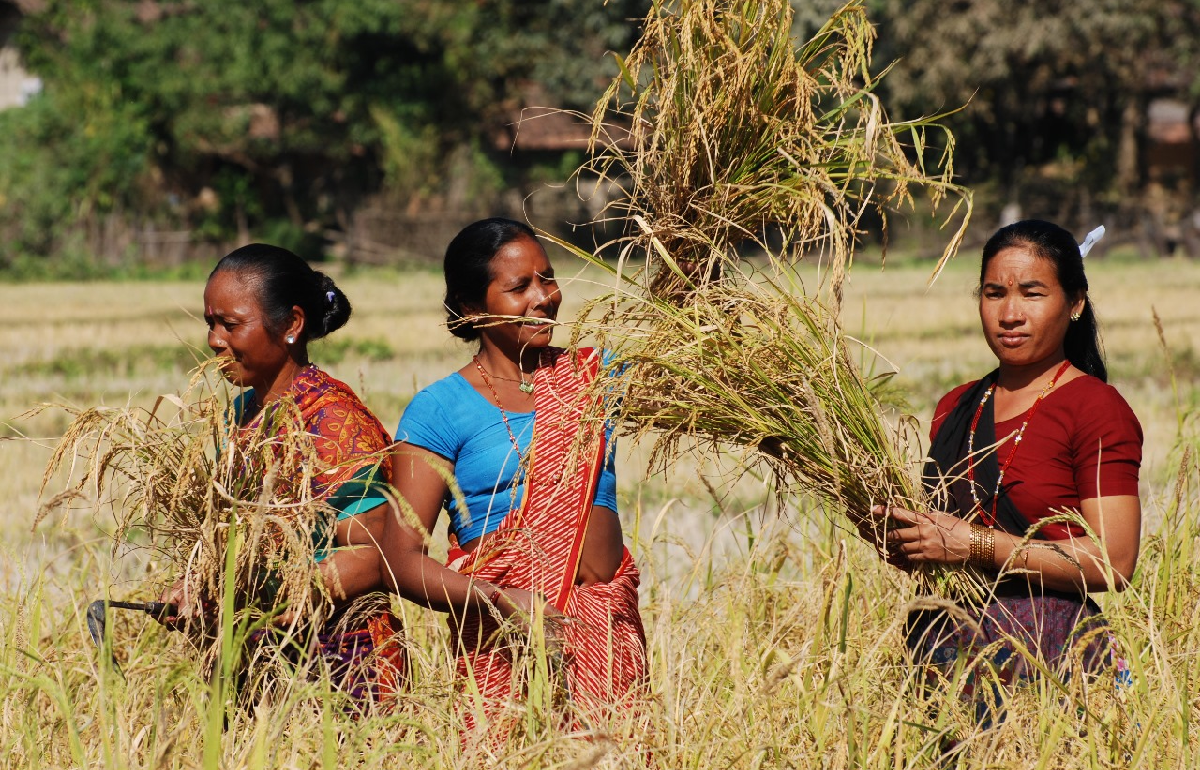Program Detail's
Food Facility Project
Food Facility Project

The Food Facility Project was a significant initiative implemented in the Kailali District of Nepal, encompassing several key areas including Fulbari, Ratanpur, Pawera, Bhajani, Khailad, Lalbojhi, Darakh, Ramsikharjhala, Phalmanpur, Sahajpur, Nigali, Mohanyal, and Pandaun. This project, carried out from February 2010 to June 2011, aimed to combat food insecurity among marginal farmers in these communities, who are among the most vulnerable to hunger and poverty.
The project sought to address the root causes of food insecurity by adopting a multi-faceted approach, focusing on both immediate needs and long-term sustainability.
Improving Agricultural Productivity
The project provided targeted support to marginal farmers to enhance their agricultural output. This included the distribution of improved seeds, fertilizers, and tools to help boost crop yields. Additionally, farmers received training on modern agricultural techniques tailored to the local context, empowering them to make better use of available resources.
Promoting Sustainable Farming Practices
Recognizing the importance of long-term environmental and economic sustainability, the project introduced sustainable farming practices. These included techniques such as crop rotation, organic farming, and efficient water management to ensure that farming activities did not deplete natural resources or harm the environment.
Facilitating Access to Inputs, Training, and Market Linkages
To ensure the sustainability of the outcomes, the project facilitated access to essential inputs and capacity-building programs. Farmers were trained on resource management and financial literacy to strengthen their resilience. Market linkages were also established to enable farmers to sell their produce at fair prices, increasing their incomes and reducing vulnerability to food insecurity.
The initiative was designed to directly address the challenges faced by marginal farmers, who often struggle with low productivity, lack of resources, and limited access to markets. By increasing food availability and building community resilience, the project contributed to improving the livelihoods of vulnerable populations in the Kailali District. It also created a foundation for continued progress in achieving food security in these communities.
Through its integrated approach, the Food Facility Project served as a valuable model for addressing food insecurity in rural and marginalized settings.